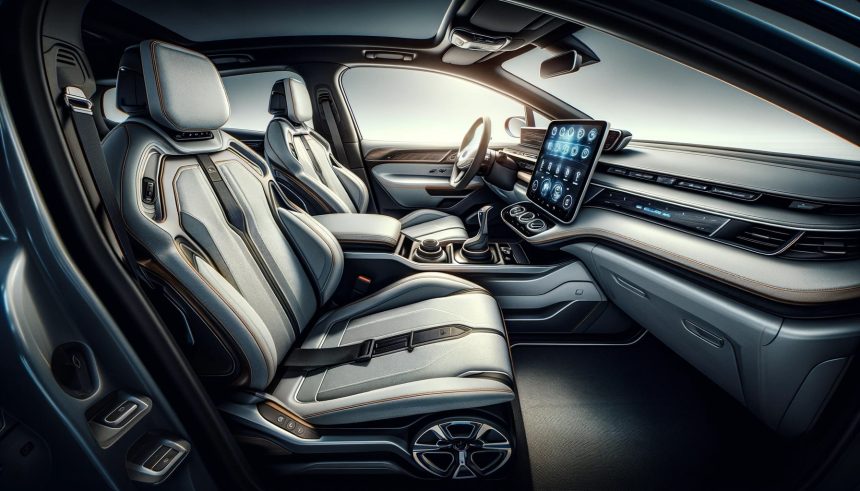The International Journal of Circuit Theory and Applications has recently published an article discussing a three-phase LLC resonant converter with variable magnetizing inductance aimed at extending the gain range. As electric vehicle (EV) charging applications necessitate higher efficiency and wider gain ranges, the article explores a two-stage control strategy involving Pulse Frequency Modulation (PFM) and fixed-frequency Magnetizing Inductance Modulation (MIM). Numerous studies have focused on enhancing the performance of LLC resonant converters, and this paper adds a unique perspective by addressing the limitations found in conventional three-phase designs.
Challenges in Conventional Three-Phase LLC Converters
LLC resonant converters are extensively utilized in EV charging due to their high efficiency and power density. The three-phase LLC converters, compared to their single-phase counterparts, offer advantages such as lower current ripple and greater power capacity. Despite these benefits, traditional three-phase LLC converters employing PFM face the challenge of a restricted gain range, which can limit their applicability in varying EV charging scenarios.
To tackle this issue, the proposed converter integrates variable magnetizing inductance. By modulating both the magnetizing inductance and frequency, the converter can achieve a broad gain range required for dynamic EV charging demands. This approach is theoretically analyzed and validated through a 2.7 kW prototype with a 400V input and an output voltage range of 280-420V.
Experimental Verification and Efficiency
The practical implementation of the proposed converter demonstrates that it can achieve soft switching and maintain a wide gain range. Experimental results confirm the theoretical predictions, showing a peak efficiency of 97.7%. This high level of efficiency is crucial for EV charging applications where energy conservation and fast charging times are paramount.
Comparing past research on LLC resonant converters, previous designs have typically focused on single-phase configurations or fixed magnetizing inductance, which limits their gain range and efficiency under varying load conditions. Recent advancements have aimed at improving these aspects but often fall short in providing a comprehensive solution. The introduction of variable magnetizing inductance and the two-stage control strategy marks a significant step forward in optimizing converter performance.
Moreover, while traditional PFM strategies have been successful to an extent, they have not fully addressed the issue of limited gain range in three-phase converters. This new approach fills that gap and offers a viable pathway for further innovations in EV charging technologies. The comprehensive analysis and experimental validation presented in the article highlight the practical benefits and potential for widespread adoption in the EV industry.
Understanding the operational principles of this enhanced three-phase LLC resonant converter is crucial for engineers and practitioners in the field. The use of variable magnetizing inductance in combination with a two-stage control strategy not only extends the gain range but also improves overall system efficiency. These improvements can lead to more effective and adaptable EV charging solutions, ultimately contributing to the growth and efficiency of electric transportation infrastructure.










